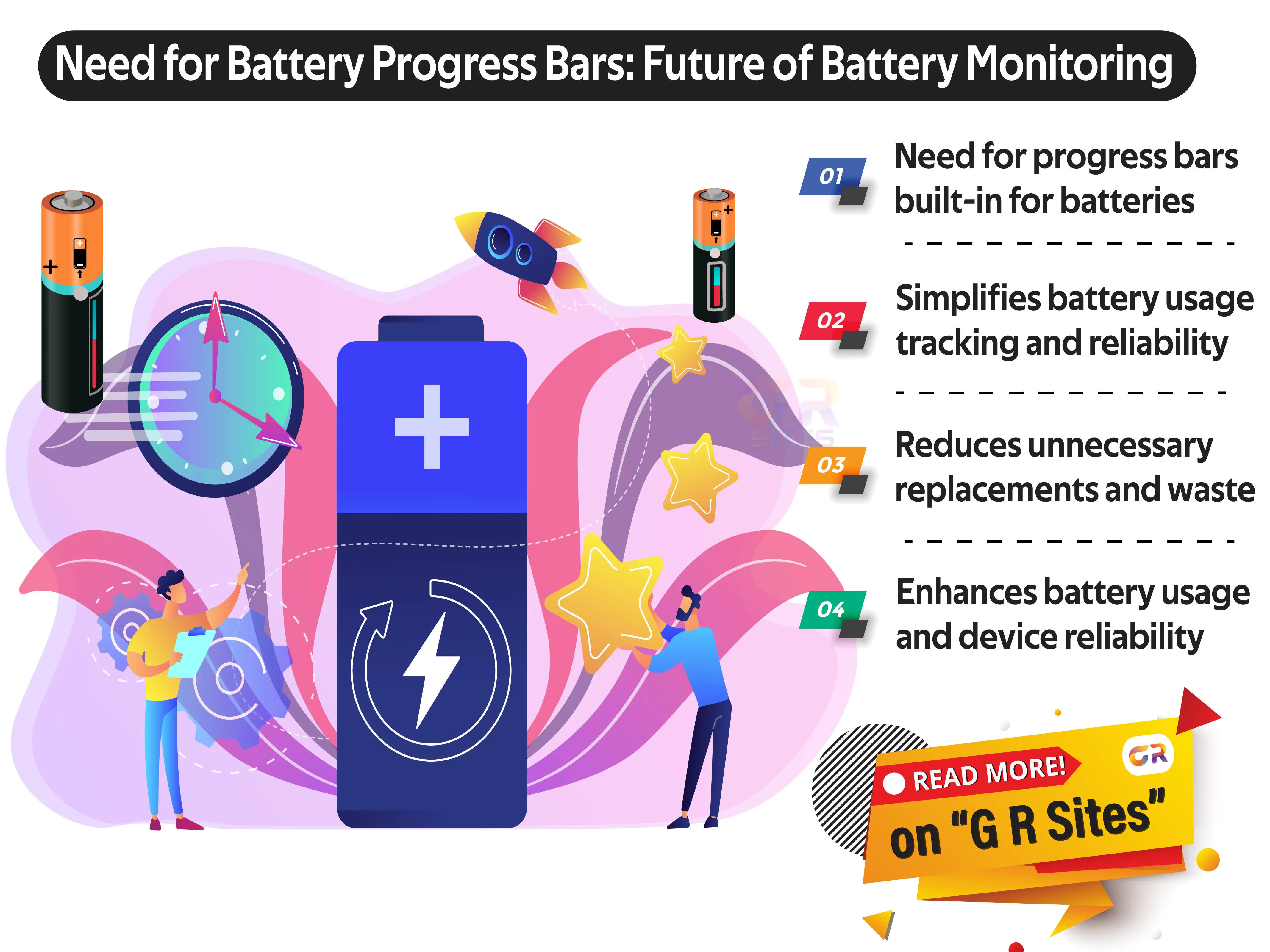Ford EcoSport’s Superior Build Quality
The Ford EcoSport has become synonymous with rugged build quality in the Indian market. For car buyers who prioritize longevity and safety, it’s clear why the EcoSport continues to stand out.
- High-Grade Materials and Robust Design: Ford didn’t cut any corners when it came to the materials used in the EcoSport. The car’s steel frame and well-engineered components give it a sturdiness that’s hard to find in the same price bracket. While other brands may focus on aesthetics, Ford paid attention to durability, making the EcoSport a car that ages well with minimal wear and tear.
- Crash-Test Superiority: Safety is a huge concern for Indian buyers, especially on unpredictable roads. EcoSport’s impressive crash-test ratings showcase its resilience. It offers a solid protective shell for passengers, making it an ideal choice for families concerned about safety in a car accident.
- Longevity That Builds Trust: One of the reasons EcoSport owners swear by the brand is its long-term reliability. These cars are known for going the distance without constant mechanical issues. The parts hold up well over time, and even after years of usage, an EcoSport doesn’t feel outdated or fragile.
- Outperforming Competitors in the Same Segment: Compared to rivals like the Hyundai Venue or Tata Nexon, Ford EcoSport holds its ground well. While many competitors may offer modern technology or flashy designs, few can compete with Ford’s focus on substance and safety.
An Unmatched Ride Experience in Its Class
When it comes to the driving experience, Ford EcoSport simply excels. Designed to handle the unique challenges of Indian roads, the car delivers a smooth, controlled ride every time.
- Handling Indian Roads Like a Pro: Whether it’s navigating through potholes, dealing with narrow city streets, or heading out on a road trip, the EcoSport manages it all with finesse. Its suspension system absorbs road imperfections easily, making bumpy rides feel smoother compared to many cars in its class.
- A Well-Tuned Suspension for Comfort: The suspension system in the Ford EcoSport deserves special mention. It’s finely tuned to handle both city and highway conditions, offering the perfect balance between comfort and control. This feature alone has earned it a dedicated fanbase, as drivers don’t have to sacrifice ride quality for affordability.
- Better Than Competitors in Driving Dynamics: While rivals like the Maruti Suzuki Brezza or the Kia Sonet boast similar price tags, they lack the level of driver confidence and smooth handling that comes with the EcoSport. Ford's engineers have perfected the steering feel, giving drivers a greater sense of control on winding roads or during high-speed driving.
- Loyalty Built on Driving Pleasure: EcoSport owners often cite the driving experience as a key reason they stick with the brand. There’s something about the way this car responds to driver input that makes it more enjoyable, whether it’s for daily commutes or weekend getaways.
The Affordable Price Dilemma for EcoSport Owners
For many Ford EcoSport owners, finding a replacement car has been an uphill battle. Despite numerous offerings from other manufacturers, none seem to match the EcoSport’s combination of quality and affordability.
- Limited Affordable Options with Comparable Quality: With Ford's exit from the Indian market, many EcoSport owners are facing a dilemma. While brands like Tata, Maruti Suzuki, and Hyundai offer budget-friendly alternatives, few can offer the same build quality. EcoSport’s structural integrity and attention to detail are rare in the affordable segment.
- Rising Costs of Rival Brands: While it’s true that other manufacturers are offering newer models, they often come at a much higher price. This price hike doesn’t always guarantee better build quality, leaving EcoSport owners questioning whether it’s worth spending more for less.
- Struggling to Find a Worthy Successor: Many EcoSport owners are holding onto their cars for longer than expected because they simply can’t find a worthy successor. Models like the Kia Sonet or Hyundai Creta may offer sleek designs, but they often fall short on the durability and ride comfort that Ford mastered.
- Sticking With What Works: Until a car with a similar price-to-quality ratio comes along, EcoSport owners are sticking with what works. The long-term reliability and comfort make it difficult to part ways, even with Ford no longer producing the EcoSport in India.
My Final thoughts
The Ford EcoSport may no longer be in production in India, but its legacy continues to resonate with car enthusiasts and owners alike. With unmatched build quality and a superior driving experience, it’s no wonder existing EcoSport owners find it hard to switch to another car. As the market shifts and new models emerge, one thing remains certain: the Ford EcoSport set the bar high, and it will take something truly exceptional to dethrone it as the go-to choice for affordable durability in the Indian automobile market.
Table: Key Comparisons Between Ford EcoSport and Competitors
|
Feature |
Ford EcoSport |
Hyundai Venue |
Kia Sonet |
Tata Nexon |
|
Build Quality |
Superior, Long-lasting |
Good but less durable |
Decent but lacks ruggedness |
Fair but needs frequent maintenance |
|
Suspension Comfort |
Excellent |
Average |
Average |
Above average |
|
Safety Ratings |
High |
Moderate |
Moderate |
Moderate |
|
Price Range (INR) |
Affordable (10-13L) |
8-12L |
9-13L |
7.5-12L |
The Ford EcoSport has truly made a lasting mark on the Indian market, and for those who value quality and reliability, it will always hold a special place.



